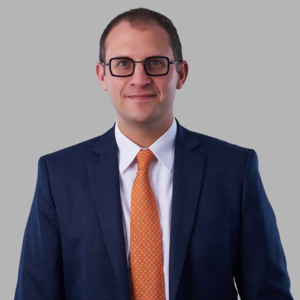As an international student, you’ve probably read or heard about Optional Practical Training (OPT) and maybe even STEM OPT.
Both are work authorization programs for students in the United States on an F-1 visa. But what’s the difference?
In a nutshell, STEM OPT is a 3-year extension of standard OPT for students or recent graduates who are studying or have completed their education in a science, technology, engineering or math degree program.
But let’s take a closer look at both.
What is OPT
OPT is a 12-month work authorization program that permits international students to gain professional experience without having to apply for an H-1B visa. In general, you must work in a job that is directly related to your area of study.
You are eligible to apply for work authorization through OPT while you are still in school. This is called “Pre-Completion OPT.” You are also eligible to apply for OPT after you graduate through “Post-Completion OPT.”
Post-completion OPT has the added benefit of allowing you to remain in the United States on an F-1 visa after you graduate.
The government allows you to take advantage of both types. However, there IS a 12-month limit. That includes full-time equivalent work for both pre-completion and post-completion combined.
The overwhelming majority of students wait until after graduation to take advantage of OPT. This strategic decision allows them to maximize their time in the United States through the program.
In 2018, for example, almost 200,000 students received either post-completion OPT or the STEM extension. Only about 2,000 students applied for and were granted pre-completion OPT.
OPT in one form or another has existed in the United States since 1947.
All students are eligible to apply for OPT, regardless of their major. Most schools have staff and resources through their international centers to help students navigate OPT.
Because OPT is a relatively short program, students should always think about what their options are for after their 12 months is over. Once your post-completion period ends, you need to seek alternative options for continuing your career.
The end of OPT is a time when many recent international graduates will apply for an H-1B visa. H-1B visas, though, are highly competitive, and students should always have a Plan B.
For those with STEM backgrounds, your plan B could include applying for the STEM OPT extension.
What is STEM OPT
The U.S. government has a vested interest in making sure that there are enough people in the American workforce with degrees in science, technology, engineering and math. These professionals are in high demand, and the U.S. economy depends heavily on manufacturing, technology and other industries that need STEM talent.
The government launched the STEM extension program in 2008, and initially it permitted 17 months of additional employment. In 2016, however, the government changed it to 24 months.
In 2018, more than 50,000 students were granted the STEM extension. That number is likely to grow under the Biden administration. That’s because President Joe Biden announced he was expanding the list of academic fields that qualify as STEM degrees.
To be eligible for STEM OPT, you must have already been granted OPT. Furthermore, the government will only grant STEM OPT to those who are in “Post-Completion” OPT. In other words, the program is for graduates, not current students.
Combining Post-Completion OPT with the STEM extension allows you to stay in the U.S. for three years after graduation on your F-1 student visa.
You can learn more about the program on the Department of Homeland Security’s Study in the States STEM OPT website.
























